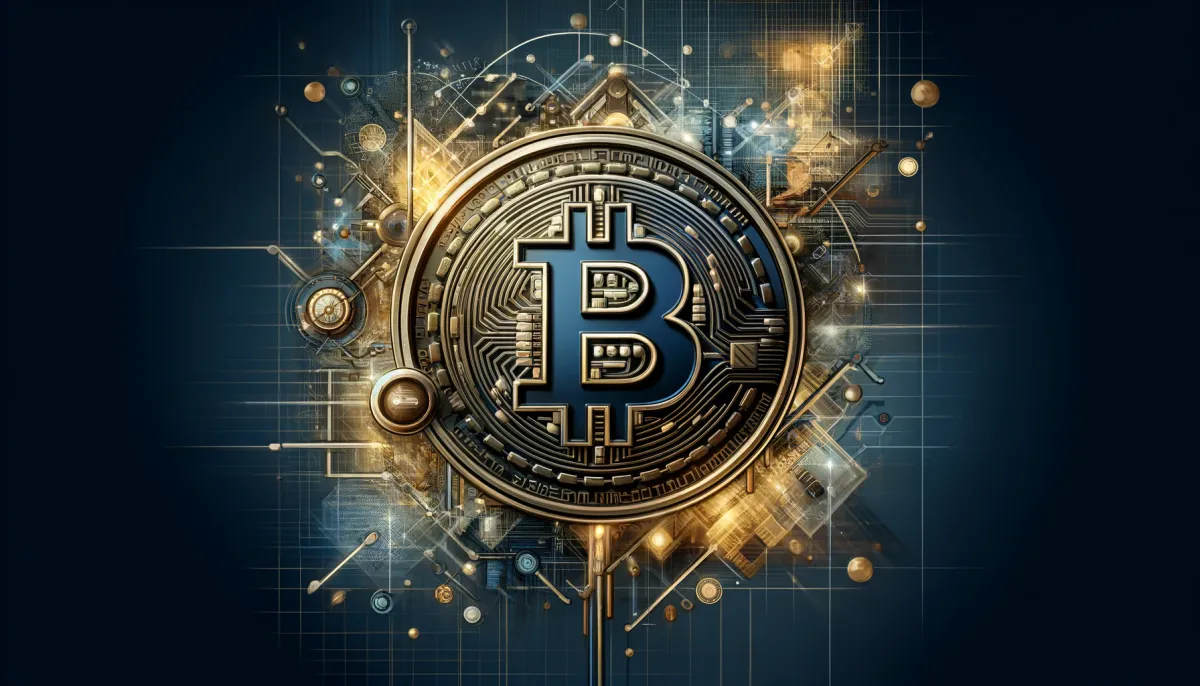Bitcoin Miners Eye Growth Amid HPC Challenges
In the October 18, 2024 episode of his podcast, Sebastian discusses the reasons behind his recent trading moves in the Bitcoin mining sector, including selling his entire position in Core Scientific and reallocating funds to Bitfarms, CleanSpark, and Iris Energy.

- My 'short take' notes summarize the content of podcast episodes; they do not necessarily reflect my own views.
- They contain (1) a summary of podcast content and (2) some speculative views on wider implications.
- Pay attention to broadcast dates (I often summarize older episodes)
- Some episodes I summarize may be sponsored: don't trust, verify, if the information you are looking for is to be used for decision-making.
Summary
In the October 18, 2024 episode of his podcast, Sebastian discusses his decision to shift investments from Core Scientific to Bitfarms, CleanSpark, and Iris Energy, citing the need for stronger hash rate growth. The conversation also explores the growing challenges for miners pivoting to the HPC market, including declining demand for GPUs and the need for long-term customer contracts.
Take-Home Messages
- Hash rate expansion is vital for miners aiming to remain competitive in the fast-evolving Bitcoin market.
- Miners face profitability risks in the HPC space due to declining demand for Nvidia H100 GPUs and the rise of alternative solutions.
- Long-term contracts are essential for miners transitioning to HPC, as short-term agreements create financial uncertainty.
- Hyper-scalers dominate the HPC sector, leaving miners with fewer opportunities unless they focus on niche areas or form partnerships.
- Bitcoin market saturation poses challenges for smaller miners, requiring innovation and cost-efficiency to stay profitable.
Overview
Sebastian begins by explaining why he sold his entire position in Core Scientific after a substantial gain. He believes other miners, such as Bitfarms, CleanSpark, and Iris Energy, offer better future growth due to their aggressive hash rate expansion plans. These companies are positioning themselves to capitalize on the next Bitcoin bull market.
The discussion then shifts to the HPC/AI market, where miners face new challenges. With reduced demand for Nvidia's H100 GPUs, miners attempting to pivot into HPC services are struggling to secure long-term contracts. Without these, the risks of underutilized infrastructure and reduced profitability increase, especially with competition from large hyper-scalers like Amazon and Google.
Sebastian also draws attention to the broader challenges in the Bitcoin mining industry, highlighting how market saturation and delays in hash rate expansion could limit stock appreciation for many companies. However, he remains optimistic about miners with clear growth strategies, particularly those investing in their operational capacity and expanding customer bases.
Broadcast Highlights
- Sebastian sold Core Scientific stock after a 100% gain and reinvested in Bitfarms, CleanSpark, and Iris Energy due to their potential for greater growth.
- The decline in demand for Nvidia’s H100 GPUs is creating challenges for miners trying to break into the HPC space.
- Long-term contracts are critical for miners looking to profit in the HPC market, as short-term agreements increase financial uncertainty.
- CoreWeave’s deal with Core Scientific is an exceptional case and unlikely to be replicated by smaller miners due to the high capital required.
- Bitfarms, CleanSpark, and Iris Energy are rapidly expanding their hash rates, positioning themselves for the next Bitcoin bull market.
- Hyper-scalers dominate the HPC market, limiting the opportunities for smaller miners to compete in the space.
- Bitcoin mining market saturation could reduce profitability, as more miners scale operations and increase competition for block rewards.
- Regulatory changes may affect Bitcoin miners, especially in regions with strict environmental regulations.
- Delays in hash rate expansion could hinder stock performance for miners that fail to grow in a timely manner.
- The HPC market parallels early internet web hosting, suggesting a future trend of consolidation and reduced prices.
Implications
The podcast highlights that the intersection of Bitcoin mining and the HPC market presents opportunities and risks for miners. Miners transitioning to HPC without secured long-term contracts may face significant challenges, especially as competition intensifies and demand for GPUs decreases.
For Bitcoin miners, hash rate expansion remains critical, but market saturation could lead to decreased profitability. Miners must innovate and focus on efficiency to remain competitive in this evolving landscape.
Future Outlook
Bitcoin’s market trajectory appears to be strongly influenced by institutional inflows and political factors. If institutional interest remains strong and political figures continue to support Bitcoin, it could solidify its role in global financial markets. However, challenges such as energy price volatility and regulatory hurdles may introduce significant risks that stakeholders will need to address.
Broader Implications
Bitcoin Market Saturation
As more miners expand their operations, the overall hash rate will continue to rise, increasing competition for Bitcoin block rewards. This could drive down profitability for smaller miners unless they find innovative ways to reduce costs, improve operational efficiency, or diversify their revenue streams.
The Role of HPC in Bitcoin Mining Diversification
The push toward HPC services as a revenue stream represents a potential diversification strategy for miners, but it comes with risks, especially for those without long-term contracts. Miners that succeed in securing HPC clients may create a more stable revenue base, reducing reliance on Bitcoin’s market volatility, but this strategy will require significant infrastructure investment and customer acquisition efforts.
Hyper-Scalers in the HPC Space
The dominance of large technology companies like Amazon and Google in the HPC space could stifle opportunities for Bitcoin miners looking to enter this market. Unless miners can carve out niche services or partnerships, they may struggle to compete, leading to a consolidation of the market where only the largest players survive.
Technological Advancements in Mining and HPC
Future technological developments, both in Bitcoin ASIC mining hardware and in AI-related HPC infrastructure, could alter the competitive landscape. Miners who adopt cutting-edge technologies first may gain a significant advantage, while those slow to innovate may face obsolescence as the industry rapidly evolves.



Comments ()